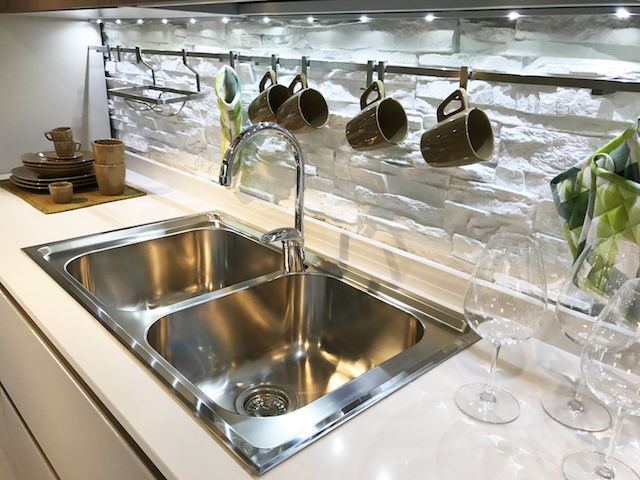 (412) 364-9114
(412) 364-9114

If you have a typical double bowl kitchen sink, the drain baskets are connected by a pipe, and that pipe is connected to a single drain line. When the drain or one of the pipes becomes clogged, this can cause one of the sinks to back up. Unclogging the sink can take some problem solving abilities, perseverance and basic tools. However, if you’re a capable DIYer, doing this work on your own can save you money and help you avoid calling a professional plumber.
The easiest solution, if it will work, is to plunge the sink with a basic plunger.
If this process doesn’t work, try the procedure below.

If the plunger won’t remove the clog, unbend a coat hanger and use a pair of pliers to create a hook on the end. Next, follow the steps below.
If the clog isn’t cleared, you can either repeat the process above or use a plumber’s auger to snake the drain itself. A plumber’s auger is an inexpensive tool found at home improvement centers and hardware stores. This device works like a drain snake, but is different from a snake in that it’s manually powered. Use the following steps to clear the pipe:
The best ways to prevent clogs in your sink drain is by using a drain screen to catch food before it goes down into the drain. You can also keep your drain clear by throwing away old cooking oil and grease instead of sending it down the drain.
If you’re unable to clear your drain line using the steps above, contact Terry’s Plumbing. We help homeowners in Pittsburgh to clear their drain lines and repair their home’s plumbing. To make an appointment, contact us today at (412) 364-9114.